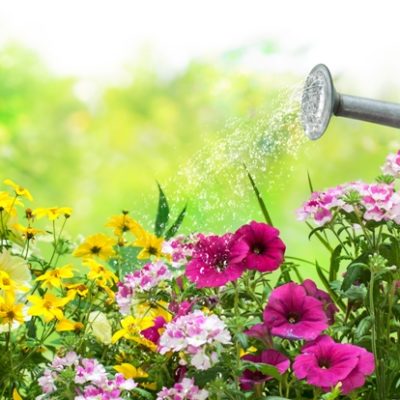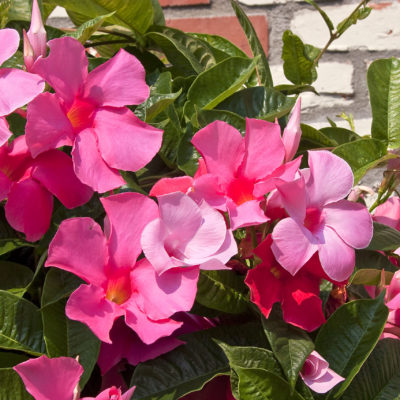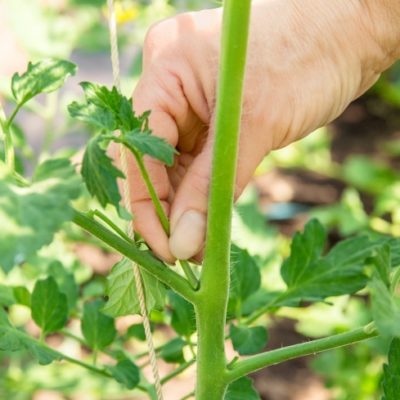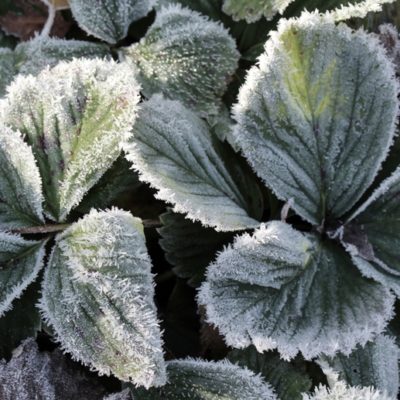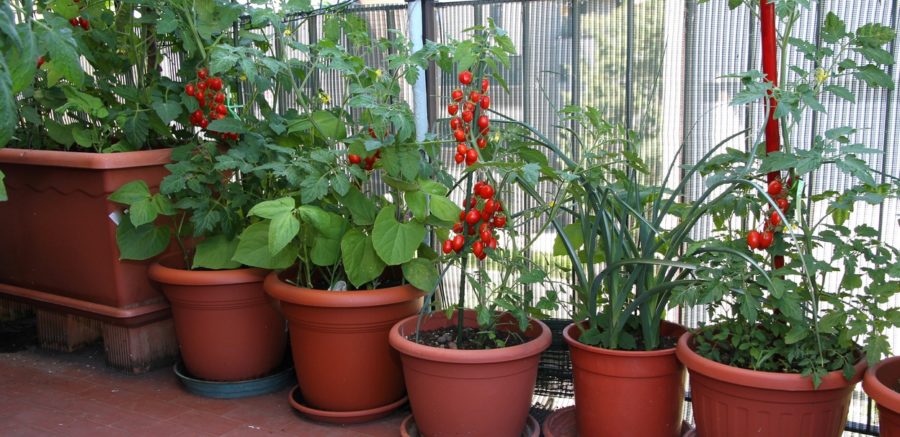
Planning Your Vegetable Garden: Small Spaces, Balconies, Planters, and Baskets
There are so many vegetable varieties that can thrive on balconies and other small spaces; you might not have the space to grow blue-ribbon pumpkins, but you can keep your harvest flowing with fresh and nutritious flavours all summer long! You can get an early start by seeding certain varieties indoors or keep it simple with starter plants later in spring.
Note: Every residential building has its own rules and bylaws; check with your building/property manager before filling your balcony with containers and baskets.
The More Light The Better!
Do you know how much sunlight will directly hit your outdoor space? It’s the one aspect of gardening that’s out of our control, so it’s important to know your limitations. Most vegetables and herbs require full sun (4 hours in the afternoon at minimum, ideally 6+ hours).
East Facing = Morning Sun (good light, weaker energy levels)
South Facing = Full Sun (ideal vegetable growing location)
West Facing = Afternoon Sun (excellent light with strong energy levels)
Highest Sun Energy Levels: 11am to 4pm
But What If My Growing Space Faces North?
There is hope for north-facing locales: you can still grow varieties that can handle lower light including lettuce, spinach, peas, even kale! Be sure to put your pots in the brightest spot, as they’ll need as much direct sunlight as possible for photosynthesis. Be mindful that less light means lower food production.
Blocking the View
All apartment/condo balconies have safety features, like metal bars that protect you and your loved ones from things like gravity. These barriers are very much appreciated and don’t typically affect your dreams of a bumper balcony crop, unless they’re made of a solid material like brick or metal. Glass barriers are made of treated glass which filters and reduces UV rays, which can result in less energy reaching your balcony garden. To give your plants as much direct and unfiltered light as possible, raise them above the glass/solid partition by using plant stands, tables, chairs, etc.
Plot Out Your Space
Planning your planters is just as important as plotting out a garden bed: it’s all about space. Set your empty containers on the floor, utilize table space, test out locations for window boxes and hanging baskets if possible, and look for ideal spots for trellises or other vertical supports. Save your largest pots for varieties with deep roots like tomatoes, potatoes, and carrots; try to keep larger or overhead containers from shading those below. Once you’ve got them set out, do a “water trial” to make sure you can reach every pot with a watering can or hose – it’s way easier to rearrange empty pots than full ones!
Speaking of Water…
Containers hold a limited amount of soil which is great for small spaces, but it also means less water retention than in-ground gardens. Plus when growing at higher altitudes, even if you’re only on the 4th floor, there’s more wind which will cause your pots to dry out quicker than if they were at ground level. Be prepared to deeply water every plant once a day, twice a day in the summer.
Grow Up (And Down!)
Climbing vegetables, such as beans and cucumbers, can be grown up a trellis or other vertical support to save valuable real estate; they should be placed either at the back or on the north side of your container collection so they don’t shade other plants. Short season veggies, like many herbs and lettuce varieties, are perfect for window boxes. You can even grow higher with hanging baskets: ‘Tumbling’ tomato varieties produce cherry-sized fruit that cascades over the pot’s edge, and the runners on ‘Berri Basket’ strawberries means picking fresh berries without bending!
Increase Your Harvest Without Increasing Your Space
Some vegetables have a shorter growing season than others, which makes them perfect for “succession planting” where you seed a new crop every few weeks. This means you can enjoy manageable portions of fresh produce without having to deal with an entire bushel of beans in one go. The best vegetables for succession planting include: peas, beans, carrots, beets, radishes, and most types of lettuce. Read your seed packets carefully to determine the best planting frequencies; you many want to avoid seeding during the high heat of summer.
Best Vegetables for Container Growing
As with any edible garden plan, aim to grow only what you have space for and what you’ll actually eat.
Tomatoes – Nearly all varieties will need large containers and tomato cages, except compact ‘Patio’ and ‘Tumbling’ varieties. Seed indoors in late winter or grow from starter plants.
Peppers – They love extra sun and heat, so they’re perfect for high-rise living; 10” pots should be fine. Seed indoors in late winter or grow from starter plants.
Cucumbers – Many varieties can be trained up a trellis! Grow from starter plants or seed outdoors.
Peas – Perfect for small containers and window boxes; can also be grown up a vertical support. Peas actually emit more nutrients than they use so there’s no need to fertilize! Seed outdoors.
Beans – Bush varieties are very compact and are perfect for small spaces. Pole or climbing beans can reach over 10 feet tall so be aware of your varieties! Seed outdoors.
Zucchini – This summer squash can easily be trained to grow up a trellis. Harvest often for small or medium zucc’s or leave on the vine for giant veggies! Grow from starter plants.
Carrots, Radishes, Beets – Go for deep planters to give carrots and beets lots of room. Seed outdoors.
Kale – This super green just keeps on giving! Pick the bottom leaves as needed and watch the top keep growing; tastes best after fall frost. Seed indoors in late winter or grow from starter plants.
Salad Greens – Perfect for growing in small containers and window boxes. Pick leaves as needed; many varieties re-grow from the crown. Be sure to harvest before they “bolt” into flower and become bitter. Grow from starter plants or seed outdoors.
Herbs – Any herb is great for small containers and will add delicious flavour and fragrance to both your cooking and your outdoor space! Plant as individual pots or combination planters, but keep super spreading mint in its own container. Grow from starter plants.

